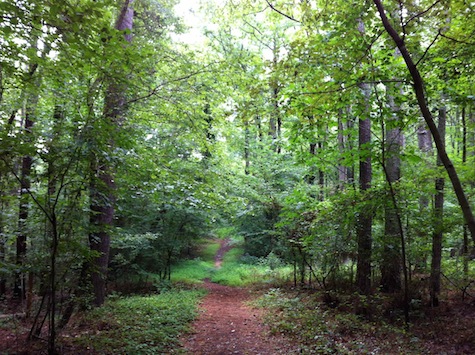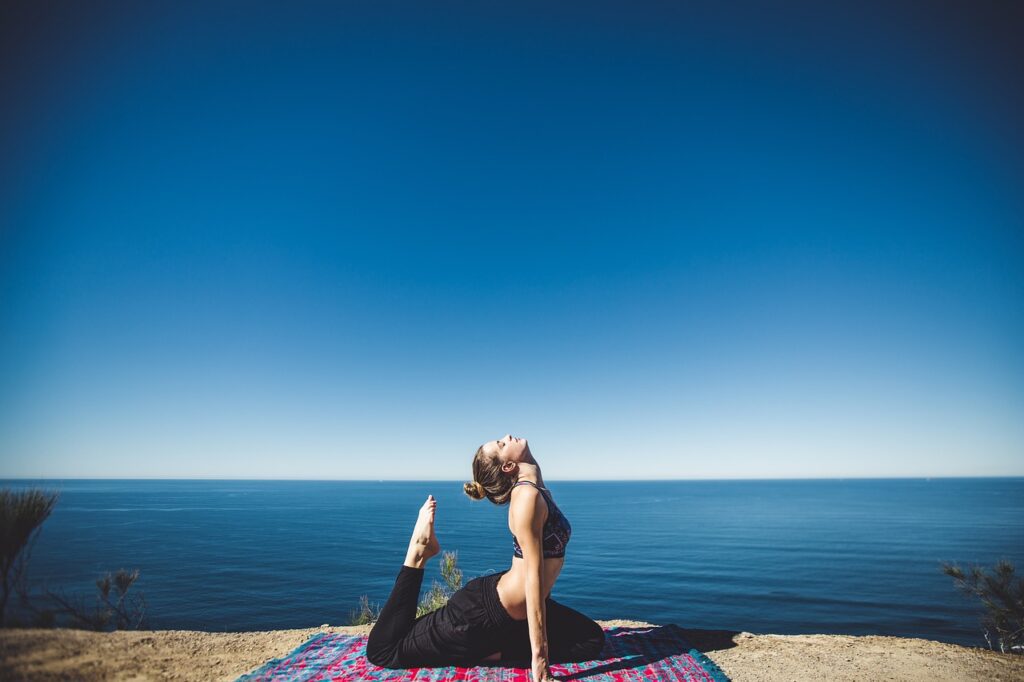A few years ago I unwittingly found myself engaged in one of the best habits of my life: the learning walk.
It was born out of pure practicality. Initially, I needed exercise, and I also needed to occupy my baby son – and then, after a while, my baby daughter. So, I decided to incorporate a stroller into my sporadic jogging habit. It didn’t take long before I discovered that, with a stroller and child in front of me, I greatly preferred walking. Then, given that the child could not yet talk, an iPod seemed like a good addition.
Roll forward a few years, and the stroller is all but gone – though my daughter is still young enough that we set out together some days. The iPod has been replaced by my iPhone, and I carry a small moleskin notebook with me for good measure. Equipped in this way, I set out from my home, office, or hotel room damn near every morning for a 20 to 30 minute stroll. As I have walked, day in and day out, I have learned a tremendous amount.
There are three aspects to these walks that I think make them so powerful.
Content
The first and most obvious is the content involved. I’ve written in the past about my love of podcasts. It takes some effort to find good ones, but once you do, they are truly an amazing thing. I’ve identified a handful over the years that I find very helpful, and listening to these has become a regular part of my walks.
As I have also mentioned before, I am a fan of the courses from the Great Courses. These, too, lend themselves well to listening on my learning walks. Most of the lectures run between 20 and 30 minutes, so the timing is perfect.
I should probably note that I don’t walk and listen with the idea that I will somehow magically absorb all of the content that makes its way through my ear buds. I keep the notebook handy so that I can jot down important points or ideas that I want to revisit later.
Also, I regularly cycle back through a lot of the content I cover – particularly the Great Courses lectures. Repetition, as they say, is the mother of learning.
Finally, the learning walks are only one part of my approach to covering most of this content. I also read to complement and supplement my listening, and much of what I listen is to related directly to my work or everyday life, so I am constantly putting what I hear and read into practice.
Reflection
In addition to the content involved, I think the context of walking is very powerful.
Walking gets me away from my desk. It gets me outside. It puts me in a better position for reflecting on various aspects of life and work. Indeed, what I find most powerful about the content I tap into during my walks is that it so often sparks reflection. “How does what I am hearing relate to my life and work?” is the question that runs – so to speak – throughout my walks.
As I suggest in 10 Ways to Be a Better Learner, regular reflection is an essential part of establishing and maintaining the lifelong learning mindset. My learning walks are not the only approach I take to reflection – just as they are not the only approach I take to content – but I find them to be one of the most powerful approaches I have for combining content and reflection in a highly productive way.
At the same time, the walks offer plenty of opportunities for reflection that is closer to content-free meditation. Whenever possible, I walk the fields and woods near my house (see the photo at the beginning of this post). I find the woods, in particular, to be a place where “peace comes dropping slow” (from a poem I have memorized) and where it is possible to regain a sense of perspective.
If a man walks in the woods for love of them half of each day, he is in danger of being regarded as a loafer. But if he spends his days as a speculator, shearing off those woods and making the earth bald before her time, he is deemed an industrious and enterprising citizen. – Henry David Thoreau
Movement
The third aspect of the learning walk that I think is so powerful is simply that it puts me in motion. It gets the blood flowing and it provides me with a daily dose of physical exercise.
I’ve touched on the importance of exercise for cognitive fitness a number of times. Based on the research I’ve done, I feel certain that my learning walks contribute to my overall brain health – not to mention my more general health. This alone is reason enough for me to keep at it.
I have also found, however, that being in motion seems to spark innovation and creativity. I get many ideas – indeed, many of my best ones – as I am strolling along, and this is the most important reason that I have my small notebook in tow. I don’t know whether this is a matter of increased blood flow to my brain, the fact that I have established the walks as a context for idea generation, or some combination of these and other factors, but I also don’t care. All I know is that it works, and being in motion seems to be a very important part of the formula.
“Above all, do not lose your desire to walk: every day I walk myself into a state of well being and walk away from every illness; I have walked myself into my best thoughts, and I know of no thought so burdensome that one cannot walk away from it… but by sitting still, and the more one sits still, the closer one comes to feeling ill… Thus if one just keeps on walking, everything will be alright”
Soren Kierkegaard, letter to Jette (1847)
Update: At least one study suggests that mild-to-moderate exercise during learning can improve long-term retention. This particular study is limited only to women, but it does provide scientific support for the exercise-content connection suggested here. You can access the study on PLOSone.
***
So, that’s a quick rundown on my learning walks. If you don’t currently have a habit similar to this, I highly encourage it. If you do have something like a learning walk as part of your regular routine, I’d love to hear how you approach it. Please comment and share your thoughts.
Jeff
P.S. – Be sure to also check out the sequel to this post.






Thanks for reading and commenting, Amber. It’s funny – I, too, always thought of my walks as decompression combined with some exercise. After a while, though, it began to dawn on me how much I was actually learning as I did them! – Jeff
Jeff, I just stumbled on your site after a search for online collaboration tools brought up one of your articles. Great stuff. I walk every day at lunch, usually while listening to an audiobook or podcast. Never thought of it as a learning walk — more like a decompression walk — but as a lifelong learner myself, it’s natural to always look for ways to continue developing, learning, and thinking. Your post has given me a reason to be more intentional about my daily jaunts.
Pingback: Are we on the verge of podcasting mania?
Pingback: MOOCs Hit Close to Home – UNC Chapel Hill Signs On with Coursera
People who are learners love to share what they’ve learned. That’s what I appreciate from you, sir Jeff. The learning walk is a superb idea and a good motivational activity anyone will surely appreciate if done. Thus, one has to firmly affirmed and decide to do the walk. Thanks a lot, sir Jeff. Keep it up. 🙂
Hope to learn more…
The learning walk is such a great idea Jeff. I like to put on a TED talk while going for a walk during lunch at work sometimes. Doing it for language learning using Pimsleur is also great (30 min lessons). I think I’ll definitely do more of these ‘learning walks’ after reading your post for sure. Thanks Jeff!
Pingback: Reads of the Week: September 28, 2012 « Reid All About It
Well said, Danya. Thanks so much for commenting! – Jeff
Jeff,
What I love about your insights above is that learning is active and intentional for you. So for the rest of us, if we are just a bit more active and intentional about wanting to be better, do better and create a space for others to do the same, we only have to step up our actions and intentions in small, elegant ways like learning walks to inspire larger movements of change and positive impact. Thank you for your ideas.